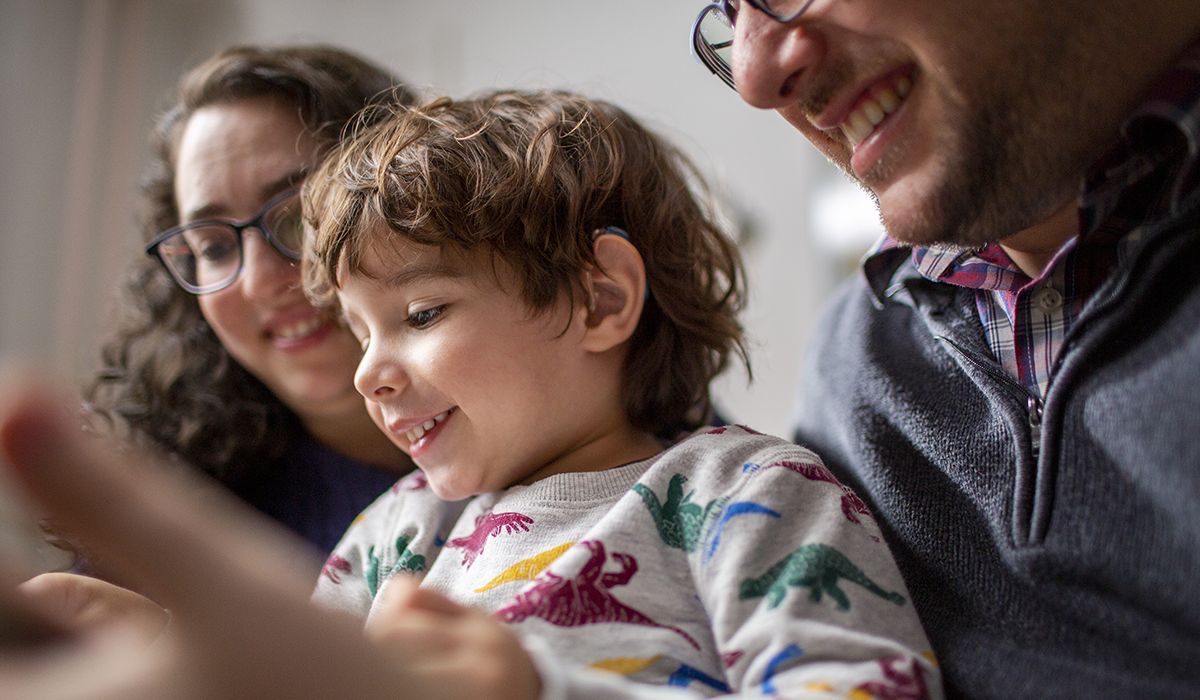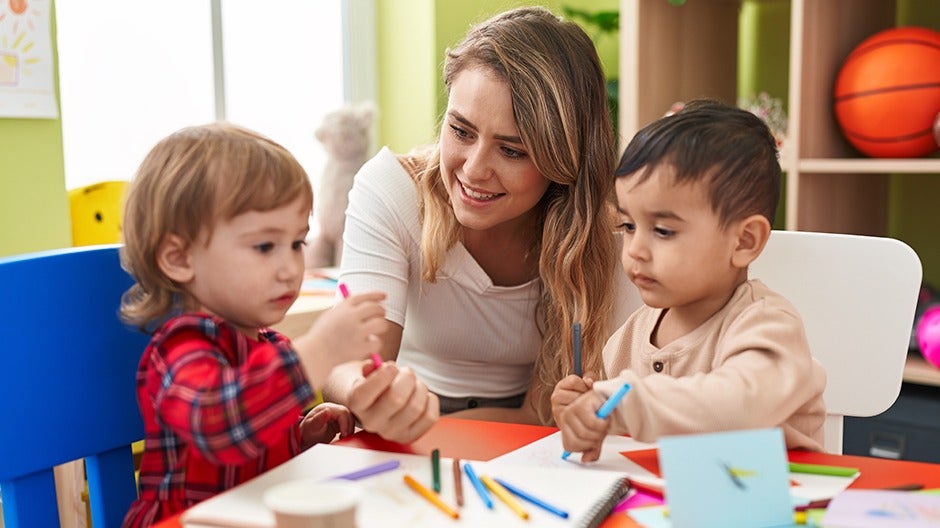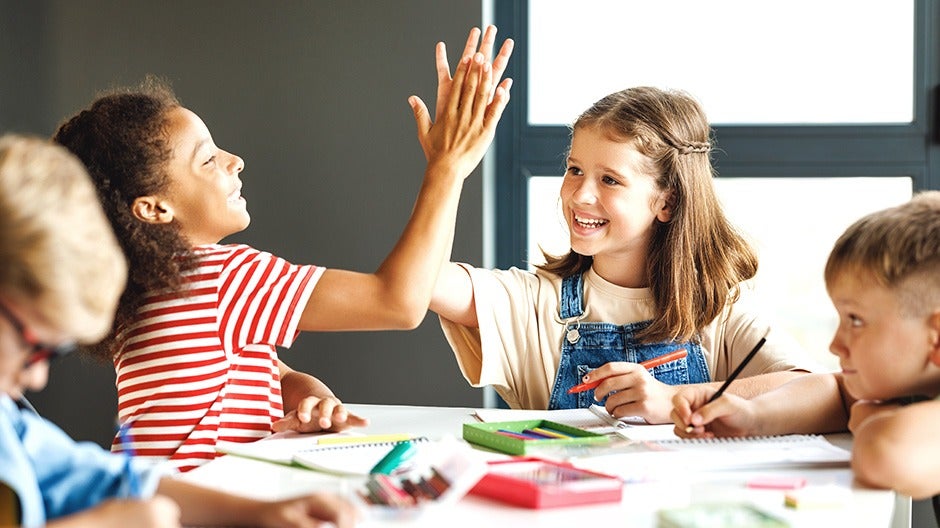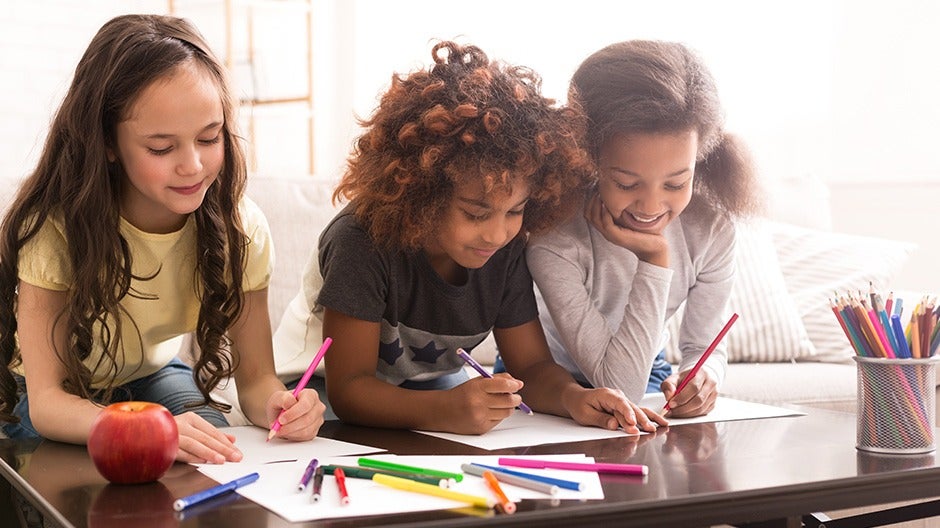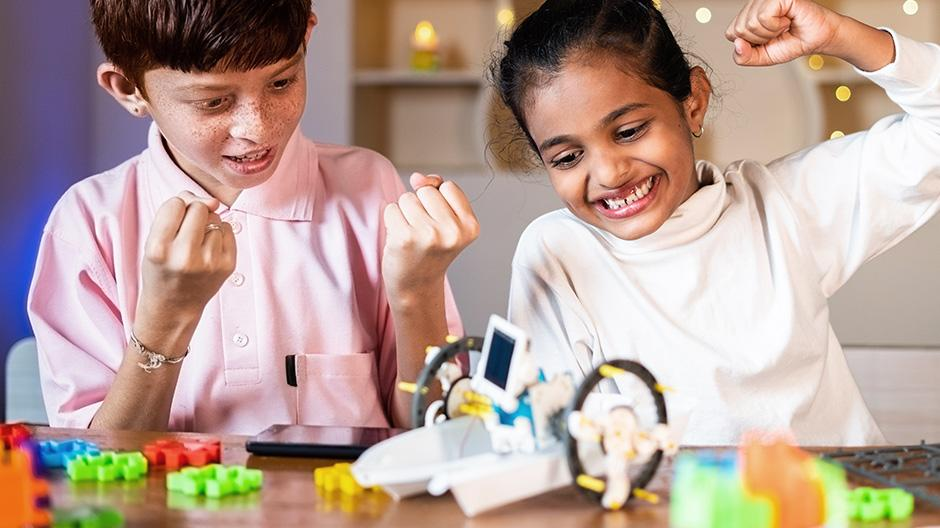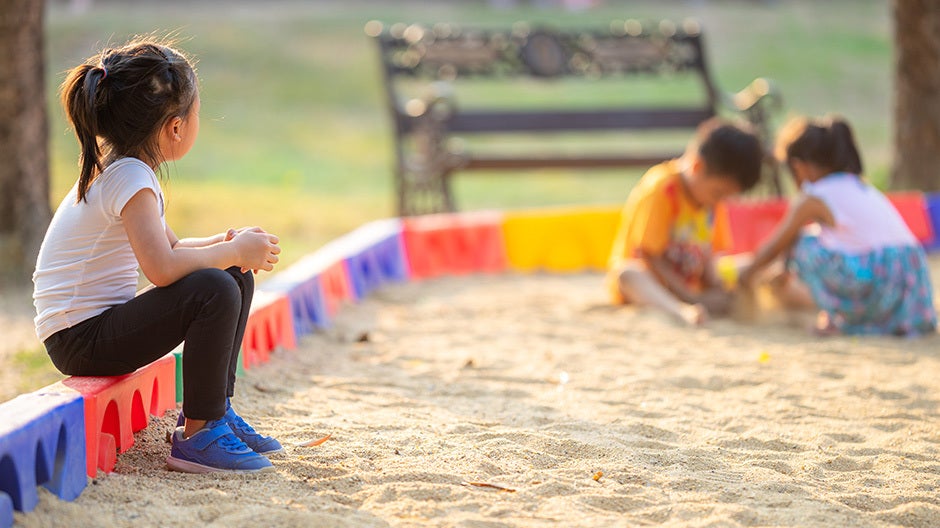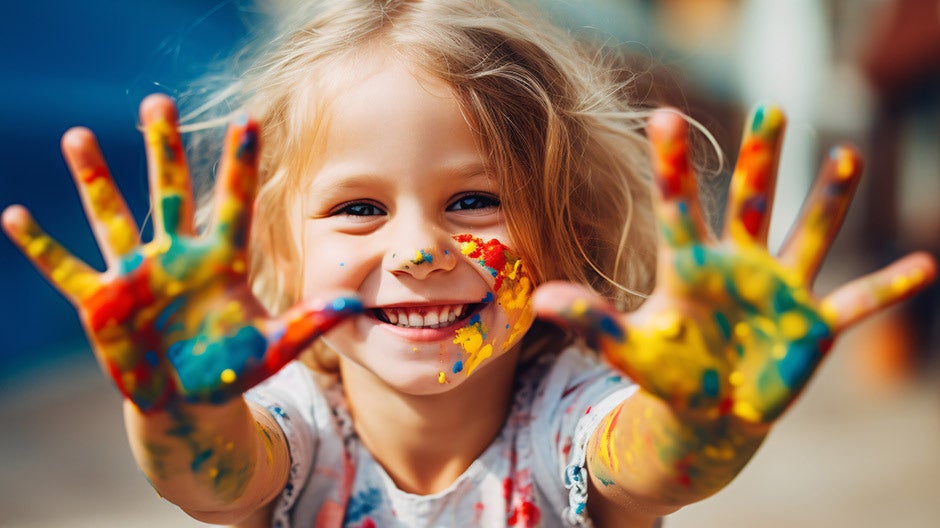It’s National Reading Month and over the years, our members have asked us many questions about how kids learn to read. One question, in particular, comes up over and over again. Keep reading to see what Peggy, HOMER’s Senior Director of Learning and Curriculum Design has to say about the science behind how kids learn to read!
Question
Is there a best or proven way to help children learn to read?
Our Perspective
Learning to read is one of the most difficult and important skills a child develops. It is also the skill that best predicts how well a child will do in school and beyond.
Consider this frightening fact: children who don’t read fluently by the 3rd grade are likely to fall further and further behind with each school year.
3rd grade is often called the “pivot” year because it marks the moment in a child’s education when they move from learning to read to reading to learn. Without first mastering the foundational skills of reading, children can’t possibly go on to grapple with a textbook chapter on photosynthesis or the cultural history of Ancient Rome.
There’s good news, though, for parents and children. Many accomplished researchers have spent years studying the best ways for children to learn to read. As a result, we now have scientifically confirmed results to tell us how this complicated process occurs. In my 36 years of teaching children to read and in my years of researching to write books on the subject, I’ve learned a few things that I like to share.
1. Children learn to read best through step-by-step teaching.
Learning to read doesn’t happen overnight or through random exposure to the ABCs. Children learn to read when they follow a clear, set path. That path begins with the introduction of a letter sound and its corresponding symbol. Once children have several letters matched with sounds, they can start to sound out words to read and hear the sounds in words to spell. The more letters they master, the more words they can read and spell. Most children do not “get” the relationship between sounds and letters through limited exposure. They need to be taught little by little. The best kindergarten teachers teach reading in this step-by-step manner. Parents can also participate in their child’s learning journey by using tongue twisters and playing fun reading and sight word games.
2. Learning to read does not happen naturally.
Walking and talking are developmental milestones in a child’s life. Learning to read is a milestone, too, but it doesn’t just “happen” like walking and talking does for most children. It needs to be nurtured. Parents can support their children in learning to read through patient practice, attention to the lettered world around them, and most importantly, by snuggling up and reading, reading, reading!
3. Children learn best when learning to spell is combined with learning to read.
There are many advantages to helping children understand and appreciate the reversible nature of the alphabetic code. The process of blending or “gluing” individual sounds together to read a word also works in the other direction. Reverse the process and a child can first hear a word, then “unglue” its individual sounds, match those sounds to a letter, and spell the word. Parents can help their children work with letters in both directions by playing with the concepts of “gluing” and “ungluing” sounds.
4. Children should arrive in Kindergarten knowing the ABCs and the letter sounds.
Almost every child learns early on to sing the ABC song but knowing the names of the letters of the alphabet is far less important than knowing the precise sounds those letter symbols represent. Phonological awareness (the ability to isolate and manipulate individual sounds within words) and phonics (the ability to connect letter sounds to letter symbols to read and spell words) are the true building blocks of literacy. A good way to practice this is to ask your child “what letter is that?” when passing a sign or looking at the cover of a book and then following up by asking, “what sound matches that letter?”
5. Learning to read requires time for review.
Just as no musician becomes a virtuoso without hours at the piano, no child becomes a strong reader without practice and review. Allowing kids to read for pleasure as well as encouraging them to review important phonics skills is crucial to their development as a reader.
6. Even preschool students can build reading comprehension skills.
For a child to move from learning to read to reading to learn, they need to be introduced to sophisticated ideas and vocabulary. Reading aloud to kids, especially reading stories and books that make children wonder and that build their knowledge is very important. A four-year-old can’t possibly read stories such as Aesop’s fables without help from a grownup, but he can understand their morals. Most five-year-olds can’t read the word “camouflage,” but they can understand the concept when it is explained to them in the context of a science lesson on lions and other jungle animals. Exposing children to rich literature, non-fiction texts, and the vocabulary that this kind of writing includes helps build an arsenal of knowledge and vocabulary that children can draw on later to read between the lines and unlock meaning.
7. Fairy tales, folk tales, and nursery rhymes aren’t just for entertainment.
There’s a reason Mother Goose has weathered the years and that the Brothers Grimm tales are still being adapted by Walt Disney. Nursery rhymes and fairy tales expose children to the important building blocks of literature: rhyme and rhythm, character development, and story progression. When you read your child a classic piece of children’s literature, you are investing in their literary future.
I hope these points help you feel more confident as you encourage your child to grow into a confident reader!
